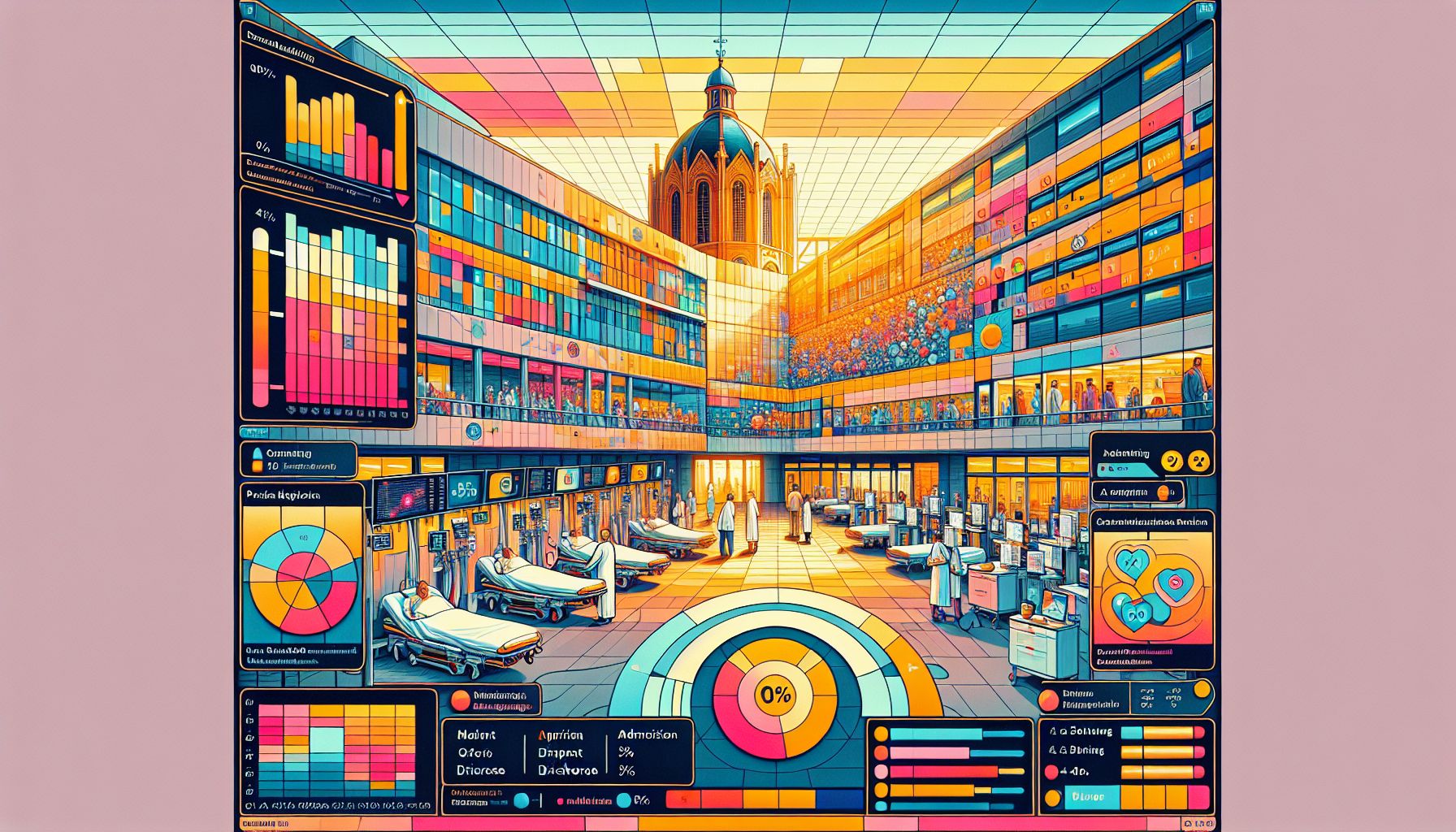AI Revolutionizes Emergency Room Efficiency at Dutch Hospital

Utrecht, Wednesday, 4 September 2024.
St. Antonius Hospital in Utrecht and Nieuwegein, Netherlands, has implemented an innovative AI algorithm to reduce emergency room wait times. The system predicts patient admission or discharge likelihood, enabling faster decision-making and streamlining patient flow.
How the AI Algorithm Works
The AI algorithm developed by data scientists in collaboration with the emergency department (SEH) at St. Antonius Hospital uses real-time data to predict whether a patient should be admitted or discharged. The system analyzes variables such as age, blood values, heart rate, and primary complaint. Every five minutes, it recalculates the likelihood of admission or discharge, adjusting its predictions based on new test results [1].
Streamlining Decision-Making
During peak hours, emergency room doctors often have to juggle multiple patients simultaneously. The AI system assists by providing a comprehensive list of decision factors along with an advisory note, allowing doctors to make quicker and more informed decisions. If the algorithm predicts a patient needs to be admitted, it can preemptively trigger steps to secure a bed and inform the receiving department, significantly reducing waiting times [2].
Enhancing Patient Care
Dr. Marleen Vreeburg, an emergency physician at St. Antonius Hospital, emphasizes that while the AI aids in decision-making, the final call remains with the treating doctor. This hybrid approach ensures that the AI system enhances the efficiency of patient flow without compromising the quality of care. ‘AI does not decide; it advises,’ says Dr. Vreeburg, adding that the system allows medical staff to spend more time with patients, improving overall patient satisfaction [1][3].
Testing and Future Prospects
The effectiveness of the AI model will be evaluated in one-month cycles, alternating between active and inactive periods. This rigorous testing approach will enable the hospital to measure the algorithm’s impact on reducing wait times accurately. Initial results are promising, and if successful, this AI project could serve as a model for other hospitals facing similar challenges [3].

